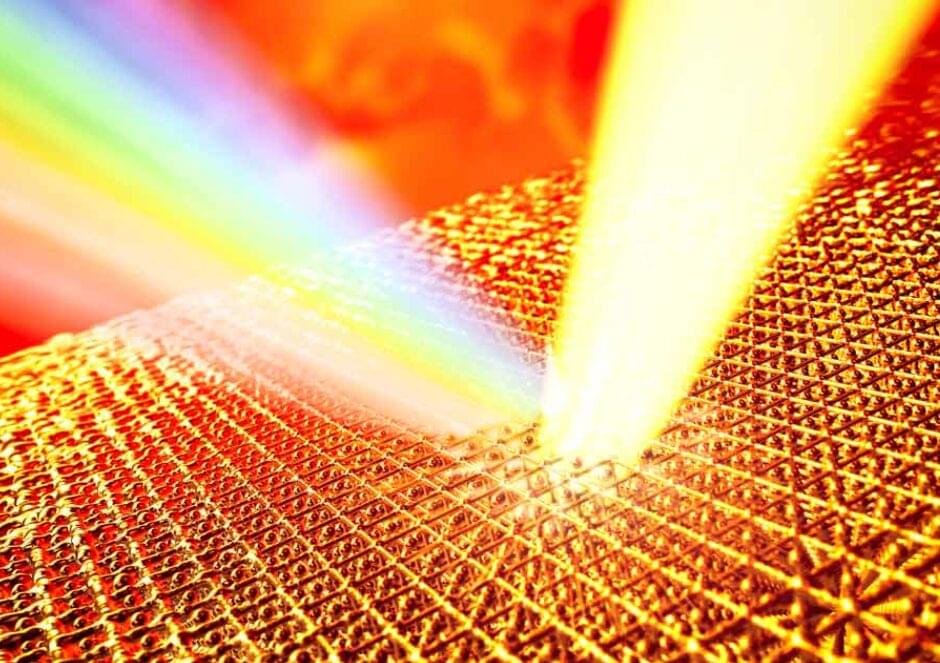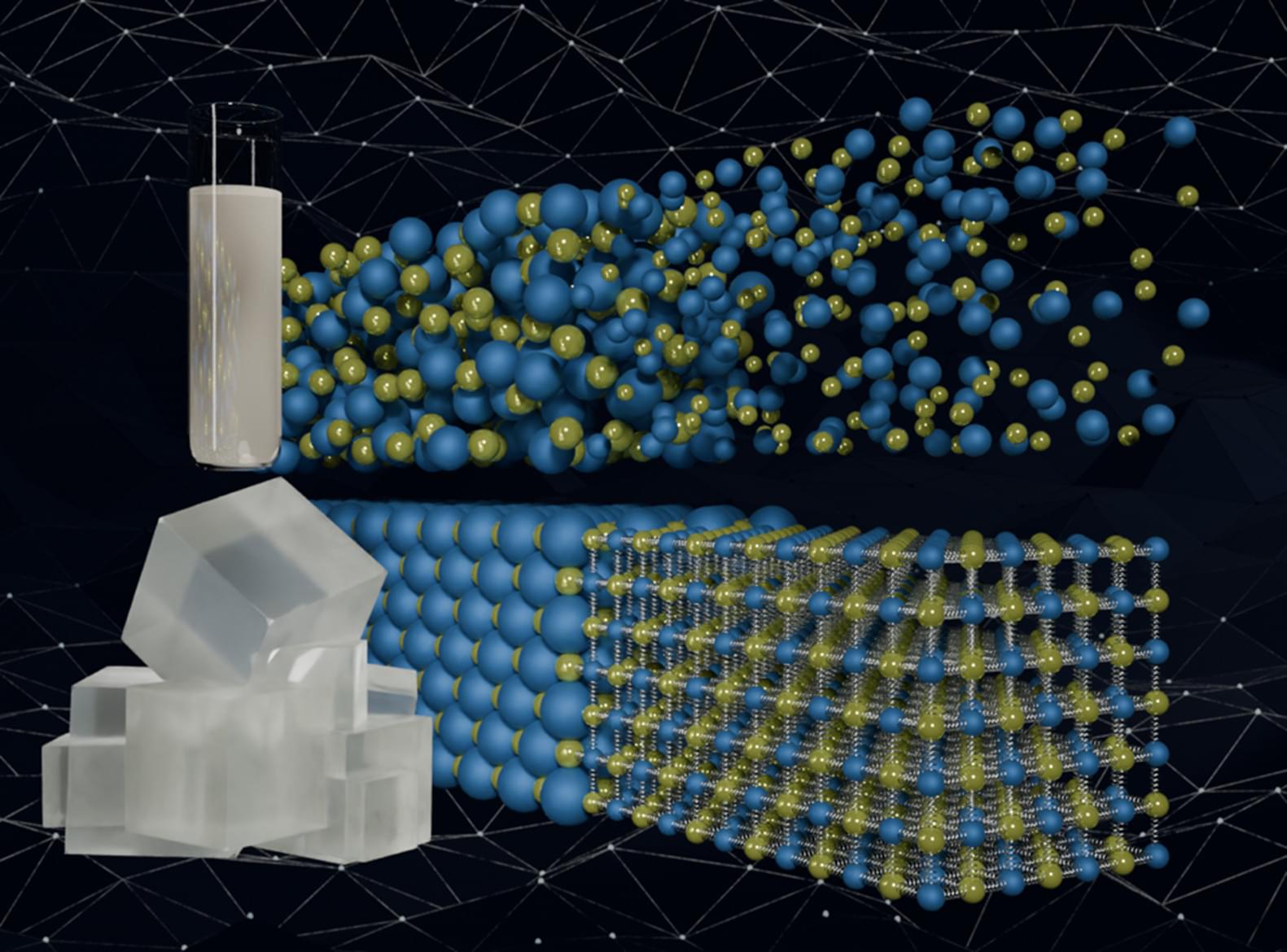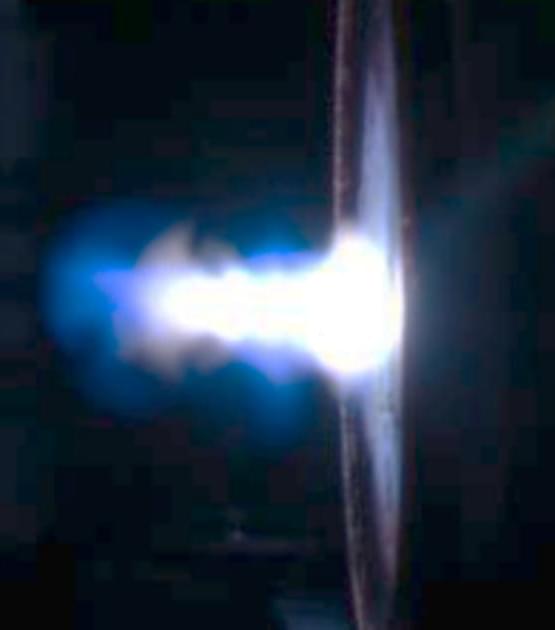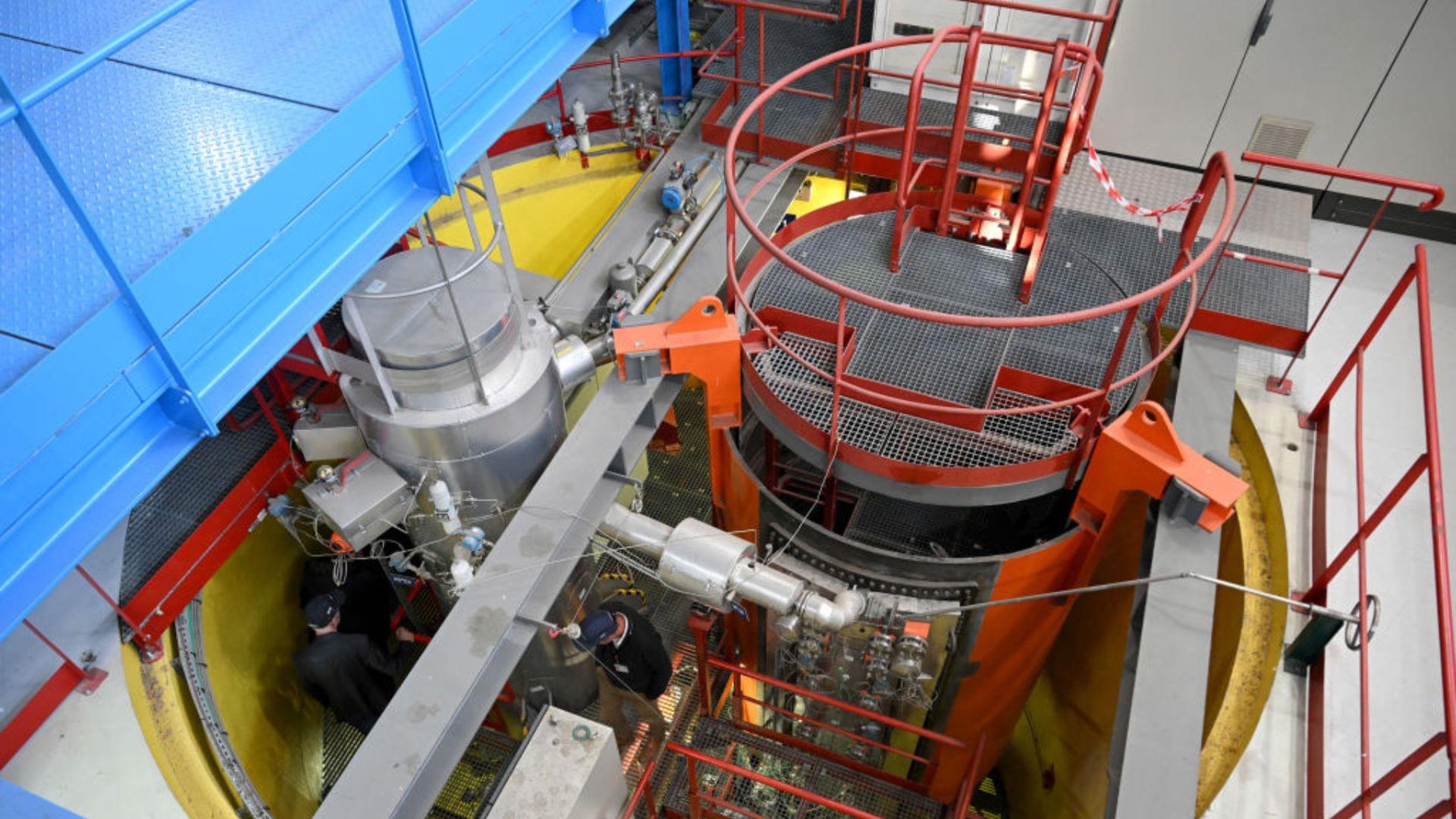Scientists unveil nuclear battery with 50-year lifespan and triple efficiency.
Researchers in China have developed a novel nuclear battery that can withstand at least half a century of radiation and deliver three times the energy efficiency of conventional designs.
The team set out to improve battery performance in extreme environments, led by Haisheng San, PhD, a professor at Xiamen University, and Xin Li, PhD, a researcher at the China Institute of Atomic Energy.
According to the scientists, conventional power systems, especially those used in extreme conditions such as space or deep-sea infrastructure, struggle with long-term reliability.







